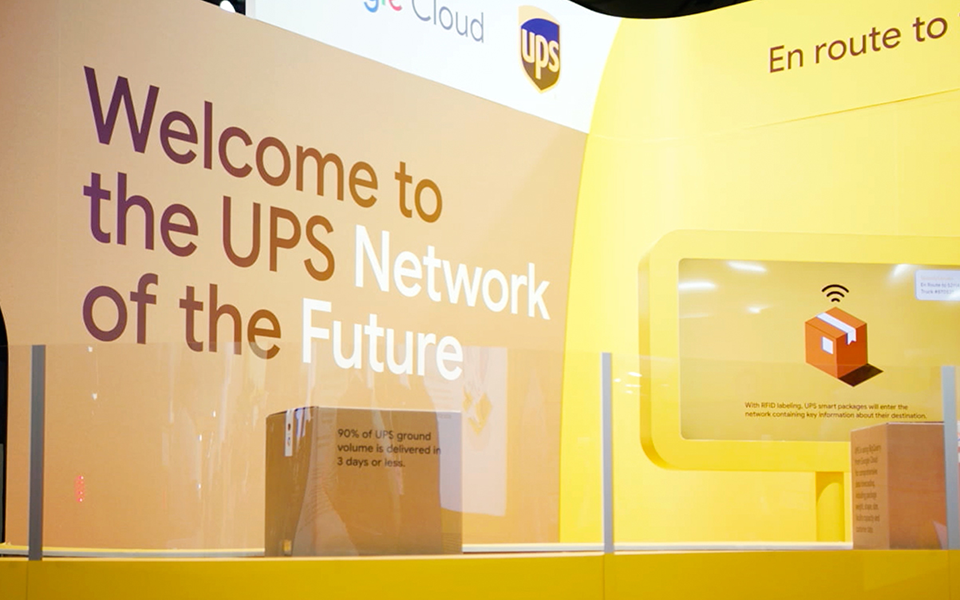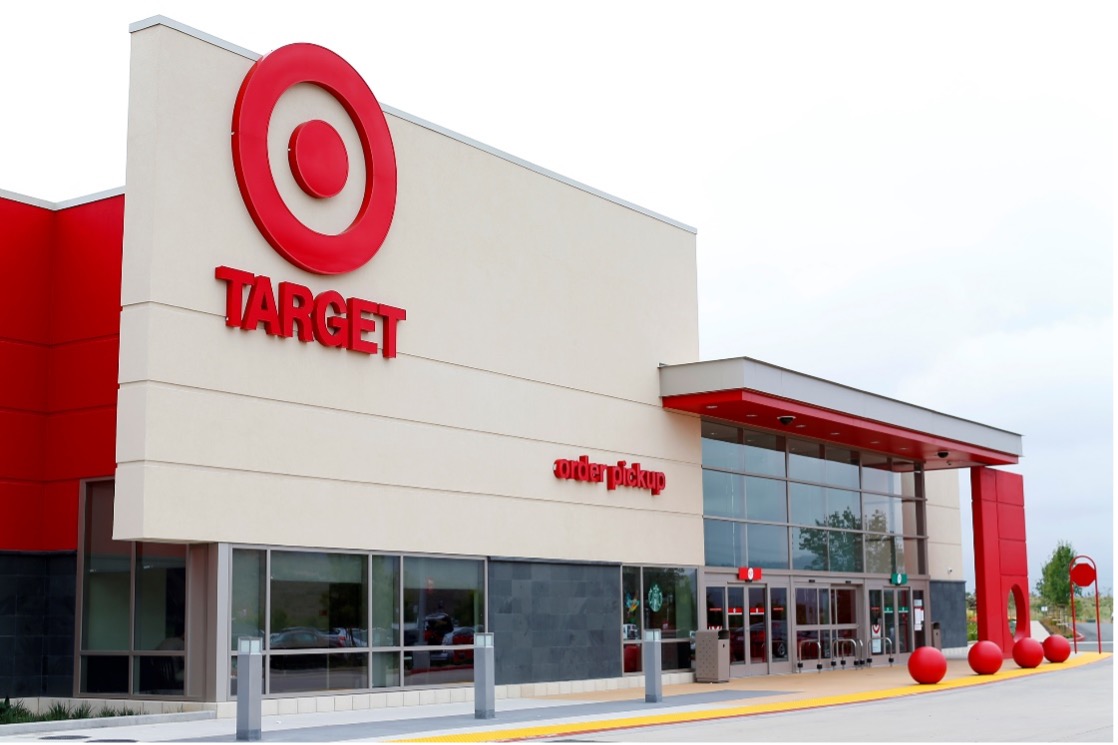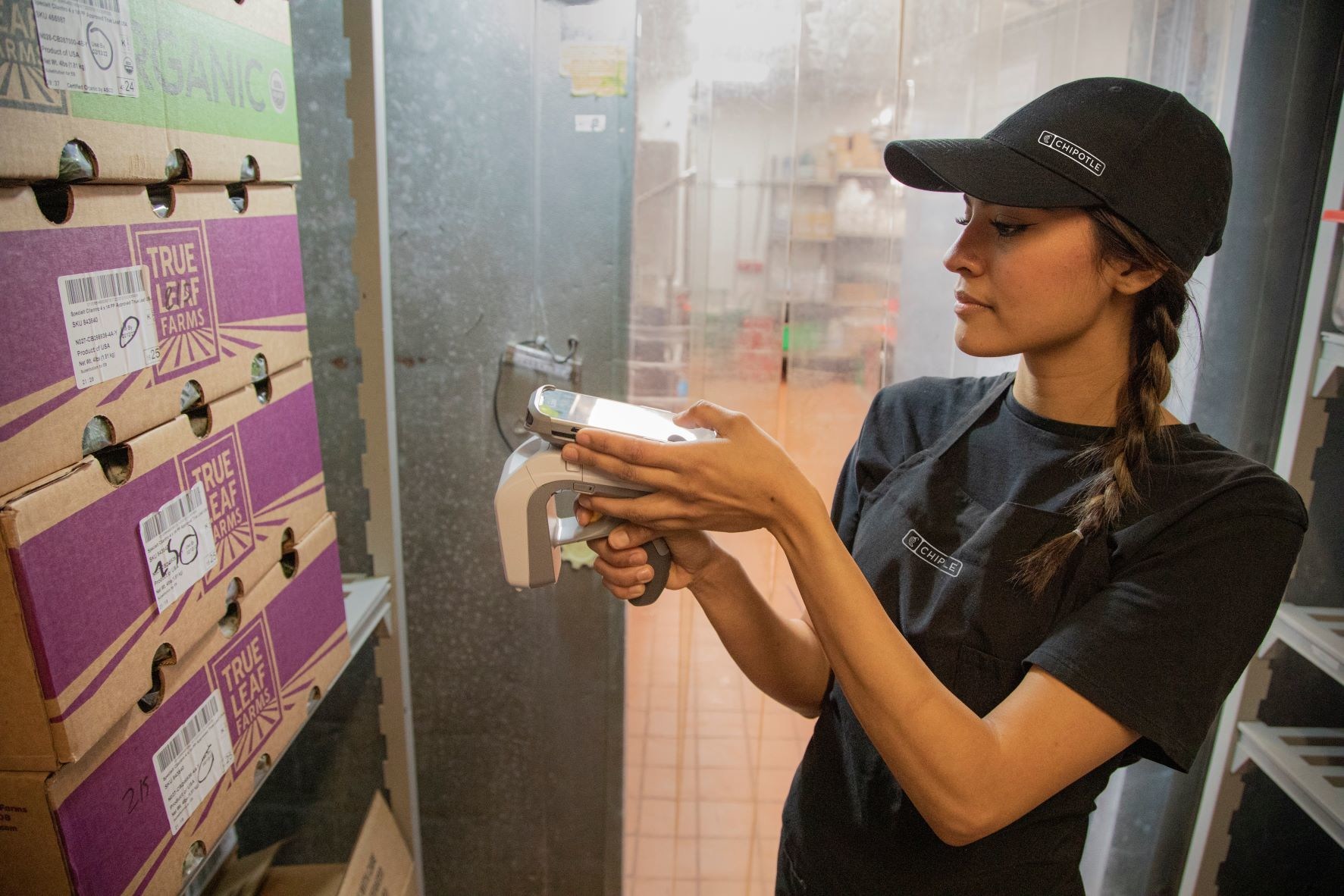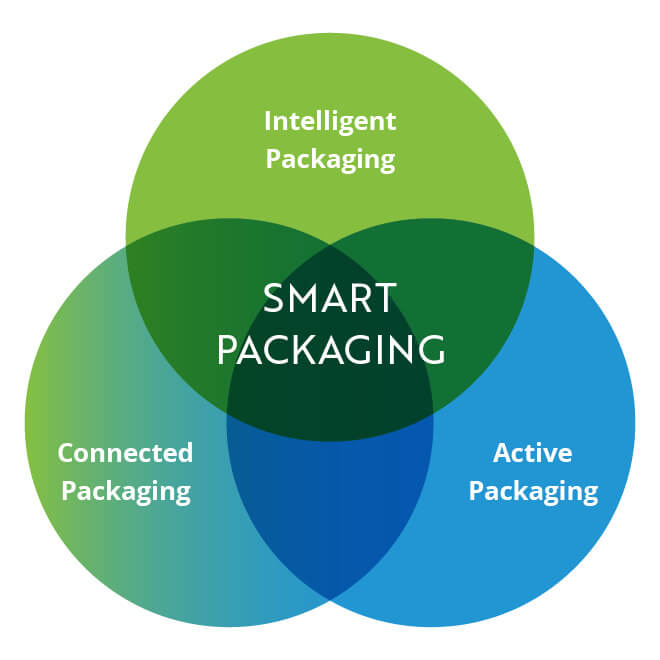UPS's NoF & SPSF Initiatives - featuring RFID Technology
UPS’s RFID implementation, appropriately titled Smart Packages, Smart Facilities (SPSF), is a big step forward both for the company and the industry in smart logistics. SPSF has been in the works for years and is now gathering speed as implementation continues in 2024. Part of UPS’s “Network of the Future” initiative, launched in 2018, the SPSF initiative focuses specifically on enhancements in package tracking and facility management.
What is UPS’s Network of the Future (NoF) Initiative?

Image - ups.com
A $9 billion Network of the Future Initiative is a long-term commitment to growth and operation efficiency through automation – according to their CEO Carol Tome.(1) The automation focus spans across their entire network and aims to use a variety of different technologies such as:
- RFID
- IoT
- GPS
- AI
- Robotics
- Autonomous Vehicles
The NoF initiative has a large scope and significantly impacts almost every aspect of how UPS operates, including deploying self-service kiosks, consolidating routes, shutting down sortation factories, and deploying robotics for routine tasks. Changes are being seen from the warehouse all the way to the customer’s doorstep with their new DeliveryDefense system.(2)
Within the NoF initiative, which functions as an overall automation and innovation strategy, more specific goals are segmented out, and one of the most impactful segments is the Smart Packages, Smart Facilities Initiative.
What is UPS's Smart Packages, Smart Facilities (SPSF) Initiative?
Launched in late 2019, UPS’s SPSF Initiative focuses on improving delivery speed, reducing operational costs, reducing lost/stolen packages, and enhancing the overall customer experience by leveraging advanced technologies and data analytics. This initiative simply sharpens UPS’s focus on advancing their in-house technologies in order to improve their operational efficiency.
The launch of the SPSF initiative is a direct result of the surge in online shopping, causing more packages within the logistics supply chain. With the increase of packages in the logistics supply chain comes operational headaches, such as:
- An increase in chances of lost/stolen packages
- An increase in the time it takes to make package deliveries
- An increase in the time required to sort packages at each hub/warehouse
UPS decided with the changing landscape of online shopping, the best way to meet the higher demand without slowing down deliveries was to invest in technologies that could help them operate more efficiently. By investing in RFID and IoT technologies, they are able to scale operations to meet customer demand without sacrificing time or customer experience.
In order to use these technologies to make the biggest impact possible,UPS divided up their initiative into two main parts: Smart Packages and Smart Facilities.
UPS Smart Packages
The smart packages portion of UPS’s SPSF initiative is made possible by adding RFID tags to each package, either taking the place of or adding to the traditional 1D or 2D barcodes already present. This is now achievable from a cost perspective because RFID inlays have reached an all-time low cost, as low as $0.05 per tag when purchased in high volumes. However, even with a lower cost, placing an RFID tag on every single package is still a higher cost investment than a barcode label.
If UPS sees the exact same number of deliveries in 2024 as they did in 2023 (over 5.7 billion packages), they will expect to pay $285 million on RFID tags each year once the SPSF initiative is fully deployed. (3)
That kind of yearly investment is only possible when a company is confident that a technology will bring in a return – so what offsets this cost?
Mostly – operational costs.
Because RFID tags do not have to have line of sight and can be read from over 20 feet in distance, UPS is using the technology to eliminate more than 20 million manual barcode scans daily – in only one of the multifaceted logistics checkpoints.
UPS Smart Facilities
UPS’s SPSF initiative (and overall NoF initiative) is tech heavy, which means large upfront costs, infrastructure changes, and operational process changes, with a long-term ROI goal. One of the largest pieces of these initiatives is outfitting all facilities and trucks with advanced technologies – making each facility, warehouse, or vehicle “smart”.
Because of the high cost and burden of implementation, the initiative will span years and deploy in phases, and one of the first phases was the aforementioned logistics checkpoint.
Instead of redesigning each facility with technology to support their long-term vision, UPS decided in 2022 to take 100 of their facilities and eliminate one major manual pain point – loading packages into the trucks. As we mentioned above, UPS identified that loading each vehicle with packages and manually scanning each package takes approximately 20 million manual barcode scans every single day.
Even if the user is quick and can scan each barcode in 1 second – that’s over 277.8 hours spent scanning packages per day at that one checkpoint. Logically, each scan most likely takes longer because of the time it takes to locate the barcode on the box, line up the scanner, and scan the package for each of the 25.2 million packages UPS sees each day (2022 stats).(3)
UPS deployed wearable RFID readers for each employee eliminating the need for any manual scanning, as the wearable readers will simply read all the RFID tags in a given read area. Wearable RFID readers can scan hundreds of RFID tagged packages per second, and there’s no need to locate and visually see the tag to read it. RFID readers are instantaneously helping UPS by eliminating finding, lining up, and scanning barcodes, a process that happens 20 million times per day just at UPS vehicle loading docks.
UPS's SPSF Initiative: 2024
Unveiled in UPS’s speeches at RFID Journal LIVE ’24 and Google Cloud Next ’24, UPS has equipped over 1,000 distribution sites with RFID technology to track their Smart Packages. The next step in 2024 – 2025 is to outfit their delivery trucks with RFID readers and antennas to make each truck smart.(5)
Once UPS delivery trucks are outfitted with RFID systems, packages will automatically be scanned, just by being in the truck. This time saving automation doesn’t just benefit UPS. UPS customers will now be able to actually see their packages’ journey with more visibility than ever before. Additionally, if a package is loaded on the wrong vehicle, the problem can be identified immediately and corrected with the integration of RFID and advanced AI.
Take a look at the video directly from UPS' (or click on the thumbnail below) to see how UPS explains their RFID integration in combination with advanced AI and how it will impact their operational efficiencies.(4)
UPS has stated that in later phases of their SPSF deployment, they are looking to use RFID’s capabilities further. One specific example is to use the technology to show each delivery driver where a package is located on their truck, in order to decrease in-vehicle package search times to improve driver productivity.(5)
Conclusion
For more information about how RFID is being used in the real world, take a look at some of the articles below, or contact us!
Resources
(1) https://www.webpronews.com/ups-sets-sights-on-aut...
(2) https://about.ups.com/us/en/our-stories/innovatio...
(3) https://investors.ups.com/company-profile/annual-...




